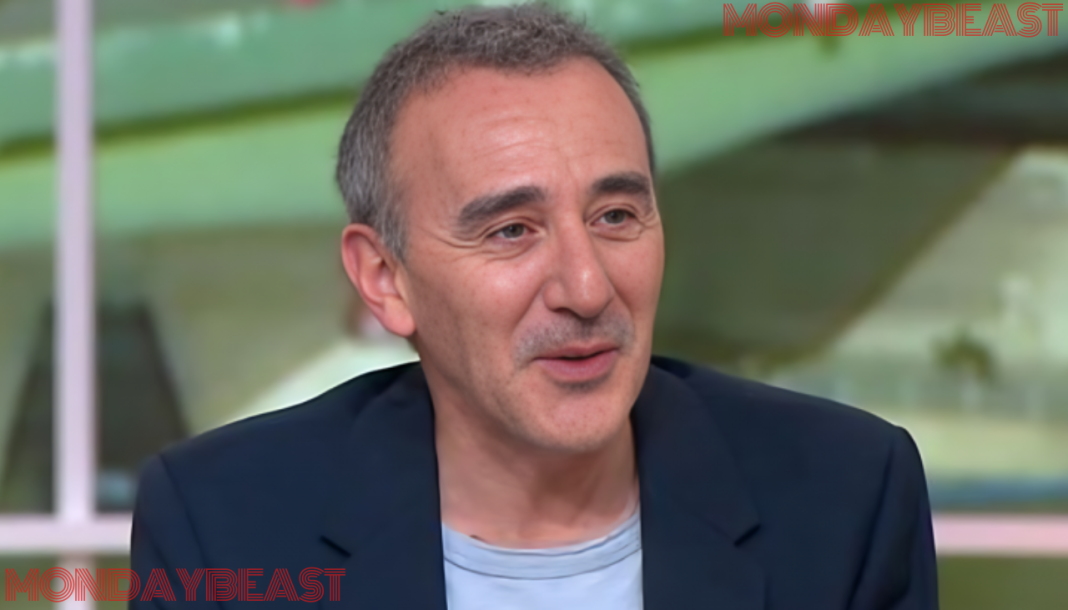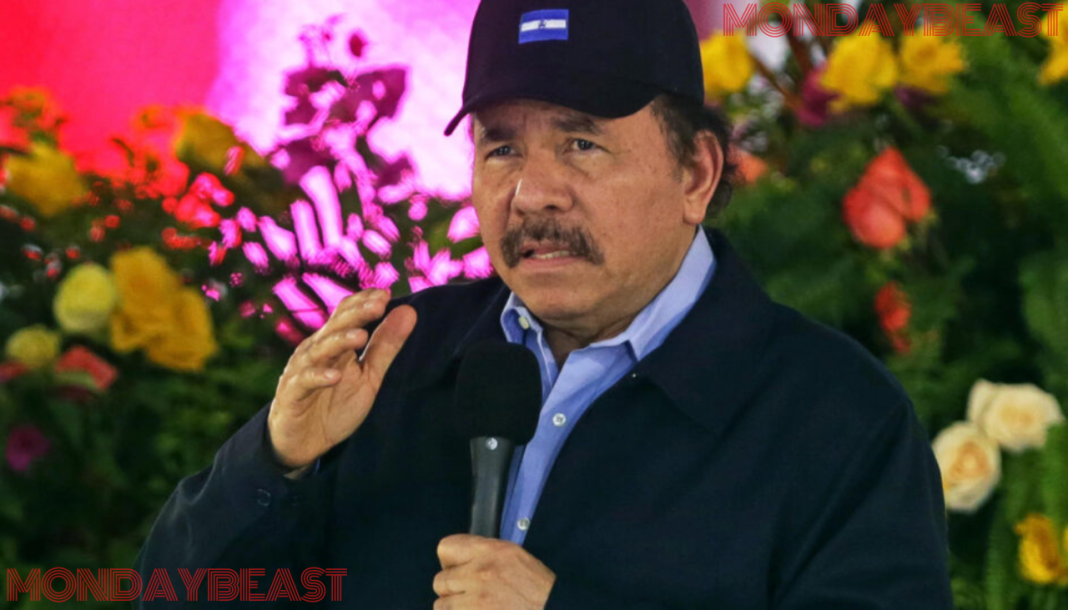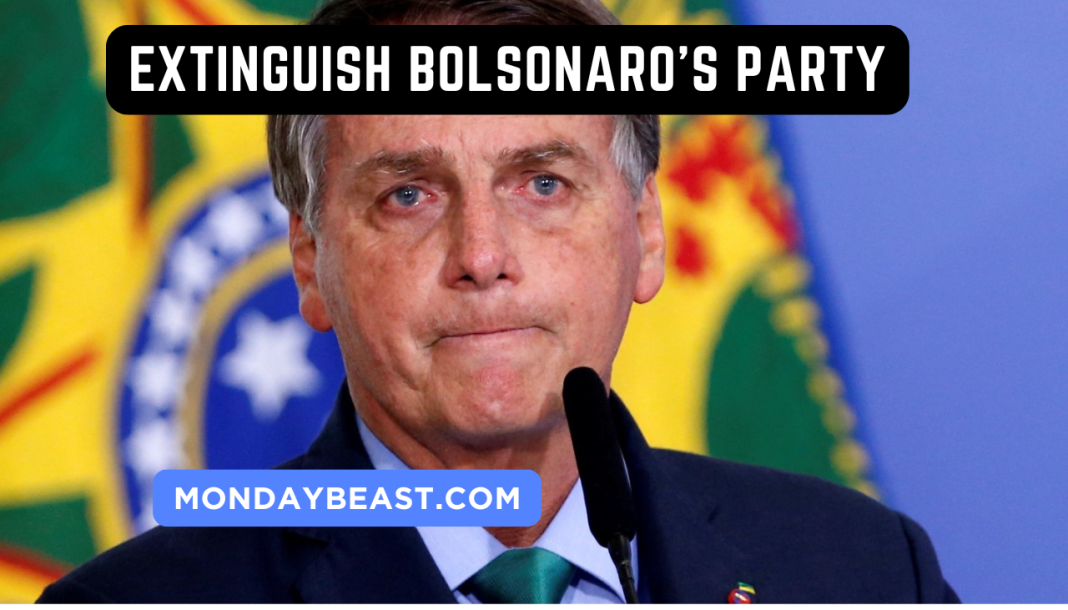The world feels tense. Issues arise that stir strong emotions. We question our beliefs and values. In such times, words can hurt or heal. Recent remarks from French comedian Élie Semoun have ignited debates across social media. His comments touch on deeper societal problems. They reflect a growing concern over rising antisemitism. So, how did we get here? What drives these heated discussions?

Élie Semoun didn’t hold back. He shared his frustration publicly. Amid escalating conflicts between Israel and Palestine, he confronted student protests. In an online post, he criticized a group of students at Sciences Po. “Bande de crétins incultes,” he claimed. His words struck hard, sparking considerable backlash. Critics labeled him a “sale sioniste” online. But why did he choose such strong language? It’s a question many are asking.
The humorist expressed deep anger and disappointment. This conflict hits close to home for him. As a Jewish man, he feels the rising antisemitism intensely. He stated, “Je suis en colère et impuissant.”
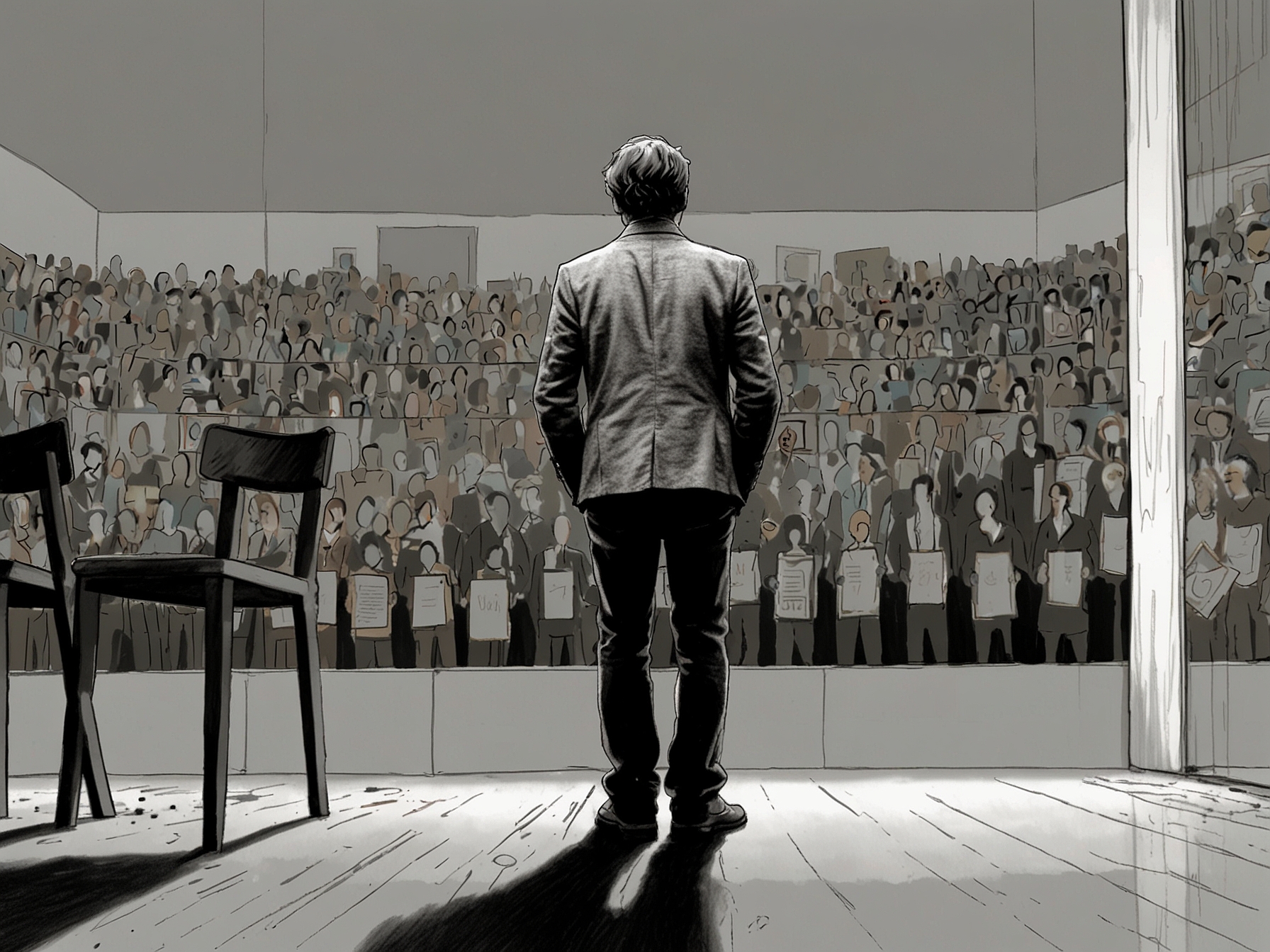
His plight resonates for many, particularly the Jewish community. Between 2023 and 2024, attacks on Jewish individuals in France escalated by 300%. For Semoun, this invokes a sense of urgency. He wonders what the future holds. He fears for the safety and acceptance of his community. It’s a painful yet relatable sentiment.
However, some argue that his comments oversimplify a complex issue. Is it productive to label groups without conversation? These tensions invite multiple perspectives. The challenge lies in expressing dissent thoughtfully. Conversations require listening, not just shouting. Cultivating understanding is vital during crises.
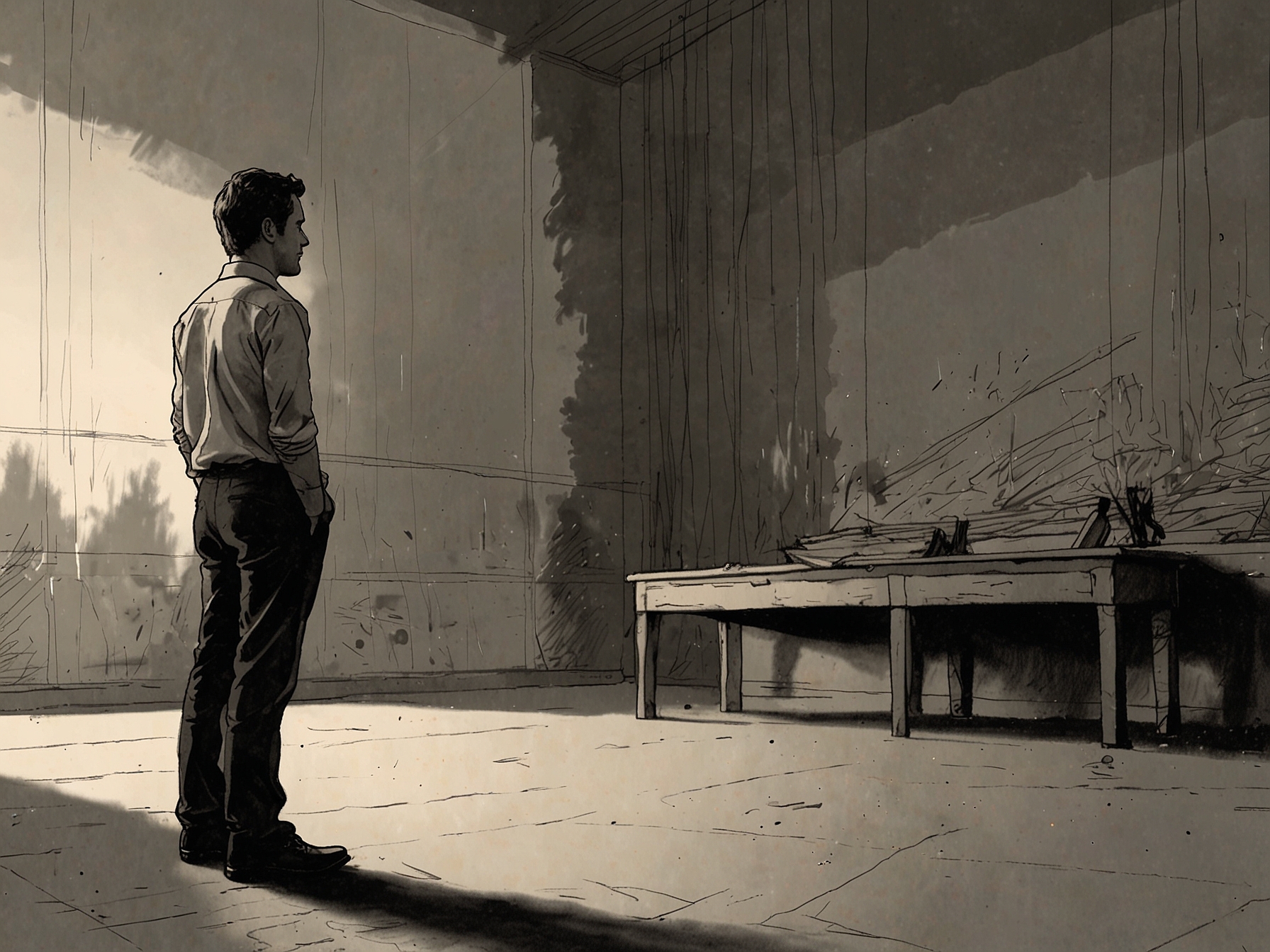
In a subsequent interview, Semoun reflected on his choice of words. He acknowledged that perhaps his expression lacked clarity. His emotions overshadowed precise communication. “Ce n’étaient sans doute pas les bons mots,” he admitted. It’s a sincere moment of introspection.
The question remains: How do artists navigate these heated issues? They grapple with the challenges of free speech versus potential backlash. As they voice opinions, the line between humor and offense can blur. For Semoun, this is doubly so. He senses a shift in his own artistic approach over time.
He revealed that his stage presence has evolved. Previously, he felt carefree. Now, he experiences self-censorship. This level of self-awareness portrays growth as an artist. Yet it also hints at fear—fear of repercussions and alienation. Are artists expected to walk on eggshells in today’s climate?
The outpouring of support and criticism he faced is illuminating. Social media created a volatile environment. It raised the question: Is this discourse necessary today? How do artists like Semoun contribute in a polarized world? His experiences encapsulate a broader struggle many face today.
It’s tempting to dismiss Semoun as merely provocative. But his words reveal a deeper personal struggle. His commentary reflects wider societal discord. Can humor coexist with a heavy heart? As tensions rise, these questions remain pressing. This prompts us all to consider our expressions, our truths. It’s these human dilemmas that remind us how connected we are.
So, what do you think? Do we need to be careful with our words? Can we challenge ignorance while fostering dialogue? Élie Semoun’s bold stance is just one perspective in a larger conversation. Ultimately, understanding each other is crucial for a better tomorrow.

